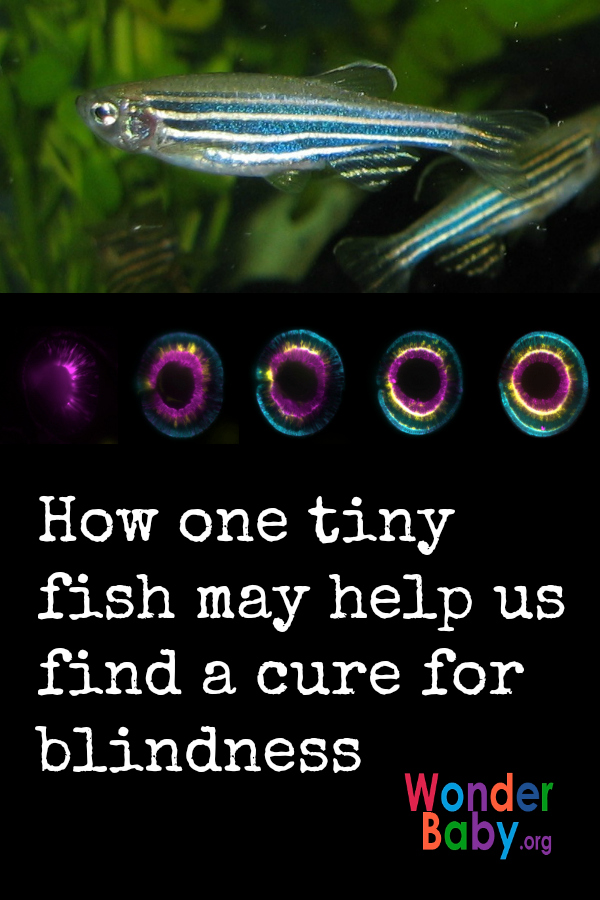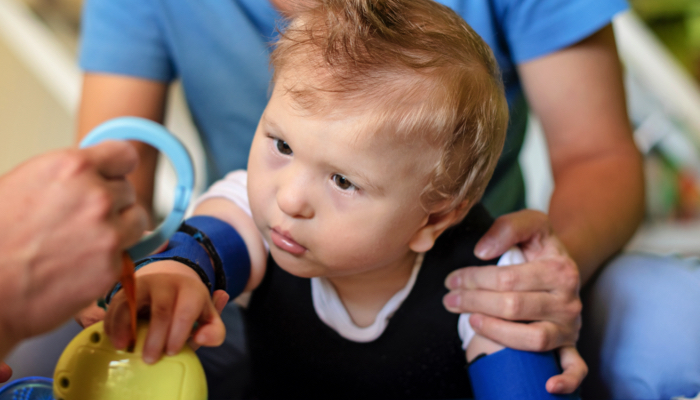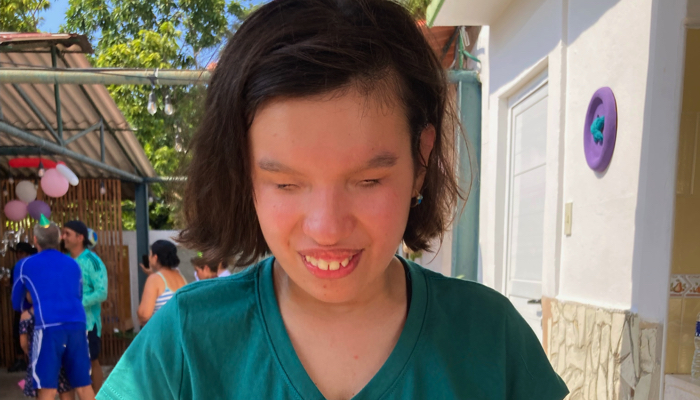How one tiny fish may help us find a cure for blindness

In research, scientists use animal models to test their theories when looking for cures to human diseases. They’ve used mice for generations, but mice have limitations in research. Many scientists are now using zebrafish in their research.
Why zebrafish? Good question!
- Zebrafish, believe it or not, are actually very closely related to us genetically
- Zebrafish retinas are very similar to human retinas
- They call zebrafish a “living test tube” and use the fish to screen new drugs just by adding the medications to the water in the tank
- Zebrafish embryos are transparent, so scientists can actually watch stem cells as they form
- They also have very fast life cycles (moving from a single-cell egg to a hatched baby fish in only five days), making them a quick study producing a lot of data over a short period of time
- Zebrafish can also regenerate their own tissue (like a lizard who can regrow a lost tail), but in zebrafish they can even regenerate parts of damaged organs
At the University of Michigan Kellogg Eye Center, they are studying the visual system of the zebrafish. What they want to figure out is how the fish is capable of repairing damage to their visual system and then take that information and apply it to degenerative retinal diseases, optic nerve damage and other blindness causing diseases in humans. They want to be able to “harness the patient’s own body to repair itself.”
Zebrafish are a perfect model to study how genes affect eye development. For example, we know that the gene CYP1B1 can cause juvenile glaucoma, but no one really understands how CYP1B1 is related to eye development. Unlocking that mystery could also lead to a cure.

Combining the gene editing tool CRISPR-Cas with the fast life cycle of zebrafish also gives scientists a real-time way to study the development of the retina and retinal cells, particularly looking at whether or not retinal cells in humans can be regenerated.
Dr. Hitchcock, one of the researchers at Kellogg Eye Center, says that “while all of these studies are pre-clinical, stem cell therapy is clearly on the horizon in ophthalmology.”
Learn more about how Kellogg Eye Center is using zebrafish to study eye diseases in humans in this article, Studying the Zebrafish or watch the video below:

Related Posts

Eye Conditions and Syndromes, Support, Visual Impairment
Coping with a Diagnosis: Emotional Support for Families with Visually Impaired Children
Families with emotional support are more resilient. Learn how to establish emotional support with peers, professionals, and the community to help your family thrive.

Special Needs, Visual Impairment
Why Early Intervention Is Critical for Blind Children
Children diagnosed with visual processing disorders, low vision, or blindness need specialized treatment. Early intervention programs can help.

Eye Conditions and Syndromes
Finding Joy and Strength in Raising a Child with Anophthalmia
When raising a child with anophthalmia, be patient, be kind to yourself, and take it one day at a time. Your child will fill your life with love!